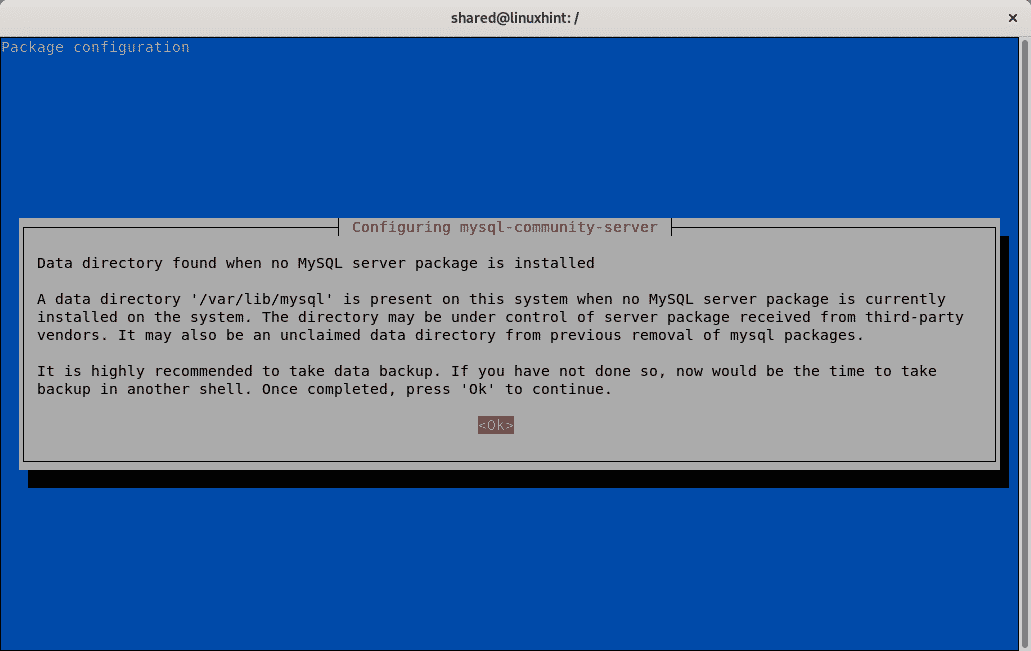

GRANT ALL ON nextclouddb.* TO IDENTIFIED BY 'strong password' Next, create a database for Next Cloud as shown CREATE DATABASE nextclouddb Once the installation is complete, log in to MySQL as shown # mysql -u root -p For that reason, we shall install the MySQL database as follows. To verify the version of PHP you have installed, run the command php -VĪs you can see in the output below, the latest PHP version (at the time of writing this article) is PHP 7.3Ī database will be required to accommodate the installation files of Next Cloud during the installation process. To achieve this execute the command: # sudo apt-get install -y php php-gd php-curl php-zip php-dom php-xml php-simplexml php-mbstring Once installed, verify the status of Apache using the command # systemctl status apache2įrom the output above, we can clearly see that the Apache webserver is up and running.įor Next Cloud to successfully run, we need to install PHP and other dependencies. Next, to install Apache execute the command # sudo apt install apache2 libapache2-mod-php To achieve this, first update the system, # sudo apt update -y Since Nexcloud will run on a web browser, the first step will be to install the Apache webserver. You can deploy a fully-managed VPS or cloud server instance at only $3.71 from Cloudcone. PrerequisitesĪ running instance of the Debian 10 server. In this tutorial, you will learn how to install NextCloud on Debian 10.

It allows you to store and share your files in a secure and convenient manner across both desktop and hand-held devices such as smartphones. NextCloud works much like cloud applications like DropBox and Google Drive. Nextcloud is a self-hosted file share and collaboration platform.


 0 kommentar(er)
0 kommentar(er)
